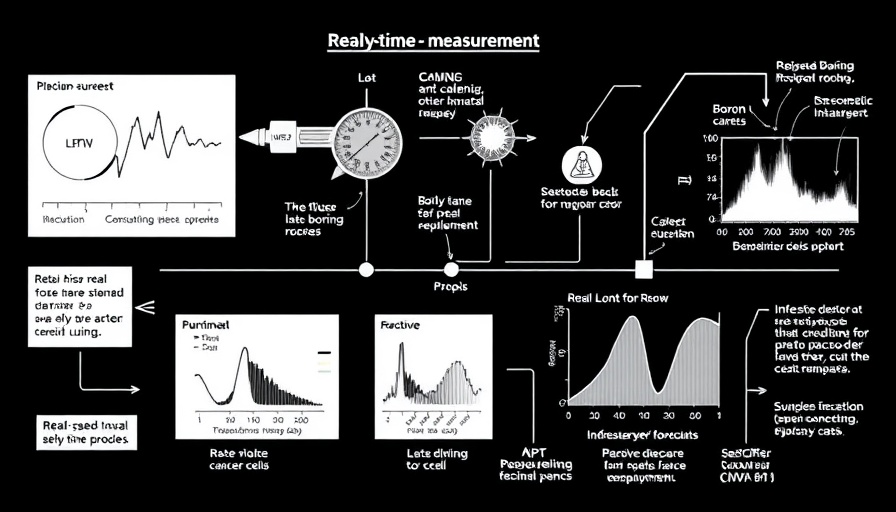
Revolutionizing Cancer Treatment: Understanding Boron’s Role in Tumor Cells
In a groundbreaking advancement in cancer research, scientists at the University of Birmingham have successfully measured boron levels in individual cancer cells for the first time. This landmark finding, detailed in the Journal of Analytical Atomic Spectrometry, paves the way for deeper insights into how boron-based treatments targeting head and neck cancers work to eliminate tumors.
How Boron Neutron Capture Therapy Works
A pivotal aspect of this study is its focus on Boron Neutron Capture Therapy (BNCT). This innovative treatment involves administering a boron-containing drug that selectively accumulates in cancer cells. Once the drug is absorbed, clinicians expose the tumors to neutron irradiation, which interacts with the boron and consequently destroys the cancer cells. By utilizing single-cell ICP-MS (Inductively Coupled Plasma Mass Spectrometry), the researchers were able to track how effectively this drug enters and remains within the target cells.
The Importance of Individual Cell Measurement
Until now, cancer researchers have primarily measured average boron uptake across large populations of cells, which can obscure critical differences in how individual cells respond to treatment. According to Dr. James Coverdale from the University of Birmingham, this new technique reveals the vital variability crucial for effective cancer treatment. Understanding how boron is transported into each cell enables researchers to optimize when to administer neutron irradiation for maximum efficacy.
Challenges Overcome in Cancer Cell Culturing
One notable achievement of the study was the development of an environment allowing cancer cells to stay viable long enough for accurate measurement. The researchers faced significant hurdles in maintaining both the integrity of the cells and the compatibility with sensitive measurement instruments. The optimized culture medium and careful loading of cells proved essential for capturing meaningful data, showcasing the team’s dedication to precision in their research.
Future Implications for Drug Design
This research sets the stage not only for improving existing treatments like BNCT but also for creating more effective cancer therapies in the future. By identifying which transport pathways facilitate boron entry into cells, scientists can devise drugs that enhance boron accumulation. This advancement could significantly impact the landscape of cancer drug discovery, potentially leading to more targeted and personalized therapeutic approaches.
Broader Context: The Shift Towards Precision Medicine
This development aligns with a growing movement towards precision medicine in oncology, where understanding the specific molecular and cellular dynamics of an individual's tumor can lead to more effective and tailored treatments. As researchers continue to uncover the complexities of cancer biology, technology such as single-cell ICP-MS will become increasingly important for driving innovations that could make a difference in patient outcomes.
As we move forward, the integration of real-time measurements and detailed cellular analysis like this one will shape the next generation of cancer therapies, emphasizing the importance of personalized approaches in achieving better control over tumor growth and enhancing patient survival rates.
This promising research opens exciting avenues for understanding the nuances of cancer treatment. Keep an eye on ongoing advancements that explore how targeted therapies can be optimized — they hold the key to transformative changes in cancer care.
 Add Row
Add Row  Add
Add 




Write A Comment